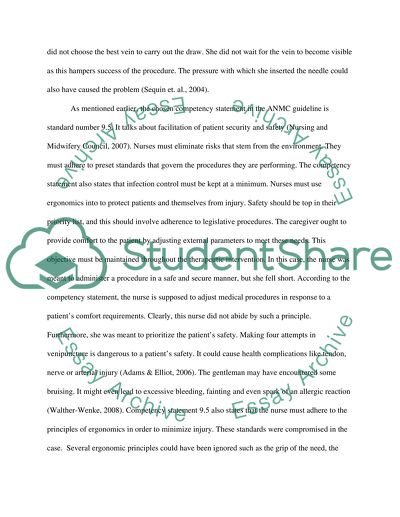Cite this document
(“Venipuncture Case Study Example | Topics and Well Written Essays - 1000 words”, n.d.)
Retrieved from https://studentshare.org/nursing/1488016-venipuncture
Retrieved from https://studentshare.org/nursing/1488016-venipuncture
(Venipuncture Case Study Example | Topics and Well Written Essays - 1000 Words)
https://studentshare.org/nursing/1488016-venipuncture.
https://studentshare.org/nursing/1488016-venipuncture.
“Venipuncture Case Study Example | Topics and Well Written Essays - 1000 Words”, n.d. https://studentshare.org/nursing/1488016-venipuncture.


